The Cannes Film Festival is often the birthplace of a new filmmaker; the first step in a movie’s life. Throughout history, some of the most significant directors have made their debuts there: think Sofia Coppola, Martin Scorsese, Yorgos Lanthimos and Gaspar Noé. 2023 was no different. A handful of first-timers made their mark, premiering their films about everything from rambunctious tweens running amok in Wyoming to rambunctious teens running amok in Crete’s biggest party town, Malia.
They might not have the all-star casts of Asteroid City or Killers of the Flower Moon, but all of them are still very much worthy of your time. Here are seven underground arthouse movies you should seek out this year.
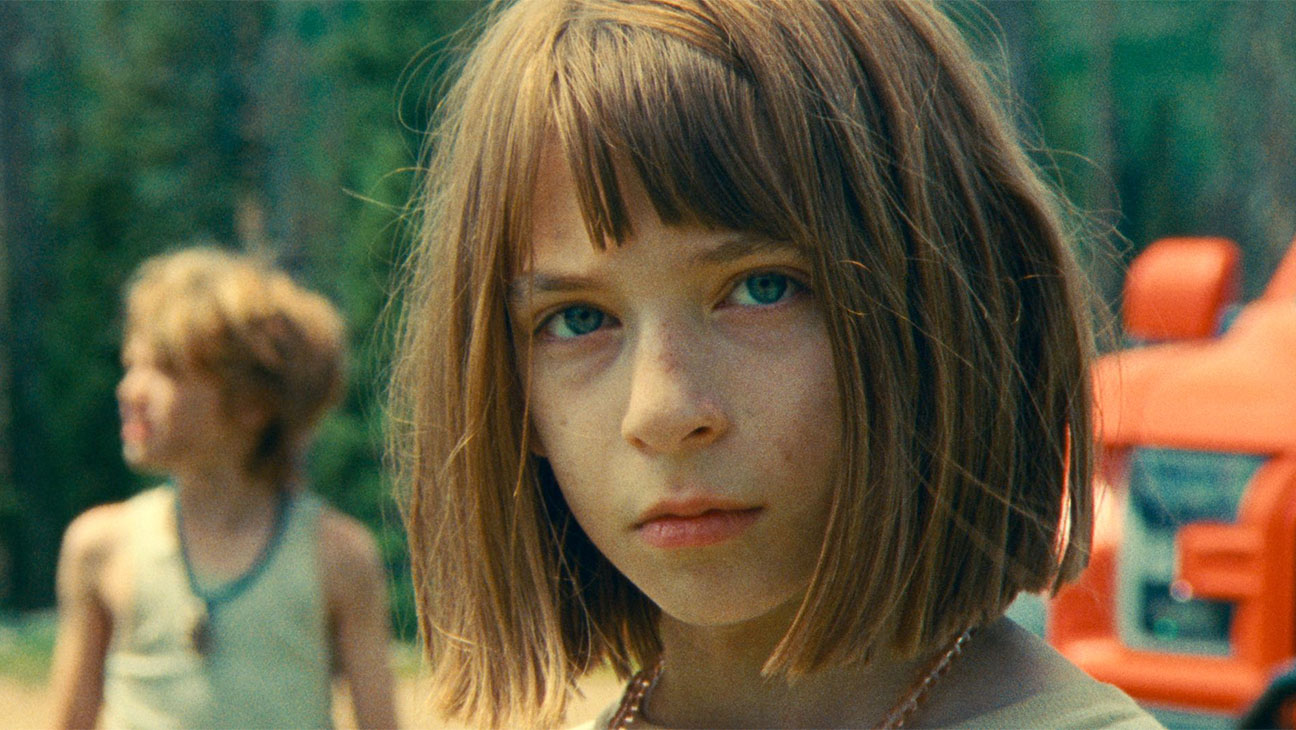
Riddle of Fire
Weston Razooli’s debut film, a freewheeling work of art shot on 16mm, captures an extremely eventful day in the life of three Wyoming kids on their summer vacation. After robbing a warehouse for a games console, they soon realise the family TV they hook it up to is password locked. The only way their mother will allow them to gain access to it is by finding her favourite blueberry pie. Thus, a convoluted goose chase ensues into the forests of the county in pursuit of a speckled egg stolen from them by a poacher. Raucous and inspired, it’s a 70s live action Disney adventure movie for people who love psilocybin and pay money to see Caroline Polachek in concert. DG
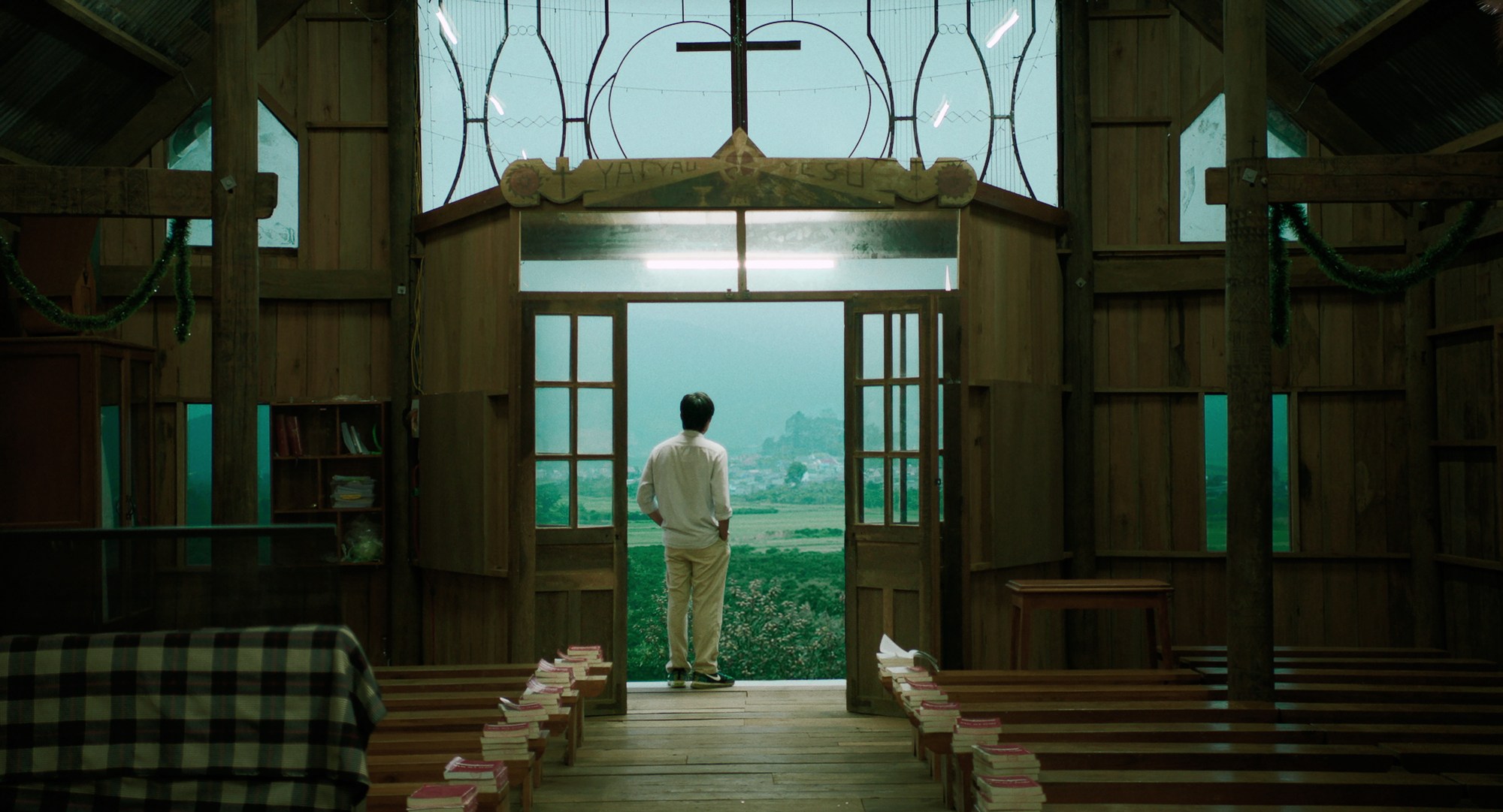
Inside The Yellow Cocoon Shell
Within a measured three-hour run time, Thien An Pham accomplishes something immense with his first feature. The lustrous Vietnamese hinterlands are on full, glorious display in intricately-crafted compositions by director of photography Dinh Duy Hung. The film’s protagonist, a video editor in his thirties named Thien, has to return to his hometown in the face of an immense personal tragedy. His story begins with a trio of friends discussing their lives in Saigon circa 2018, and blooms into a hypnotising exploration of faith, fate and spiritual life. JM
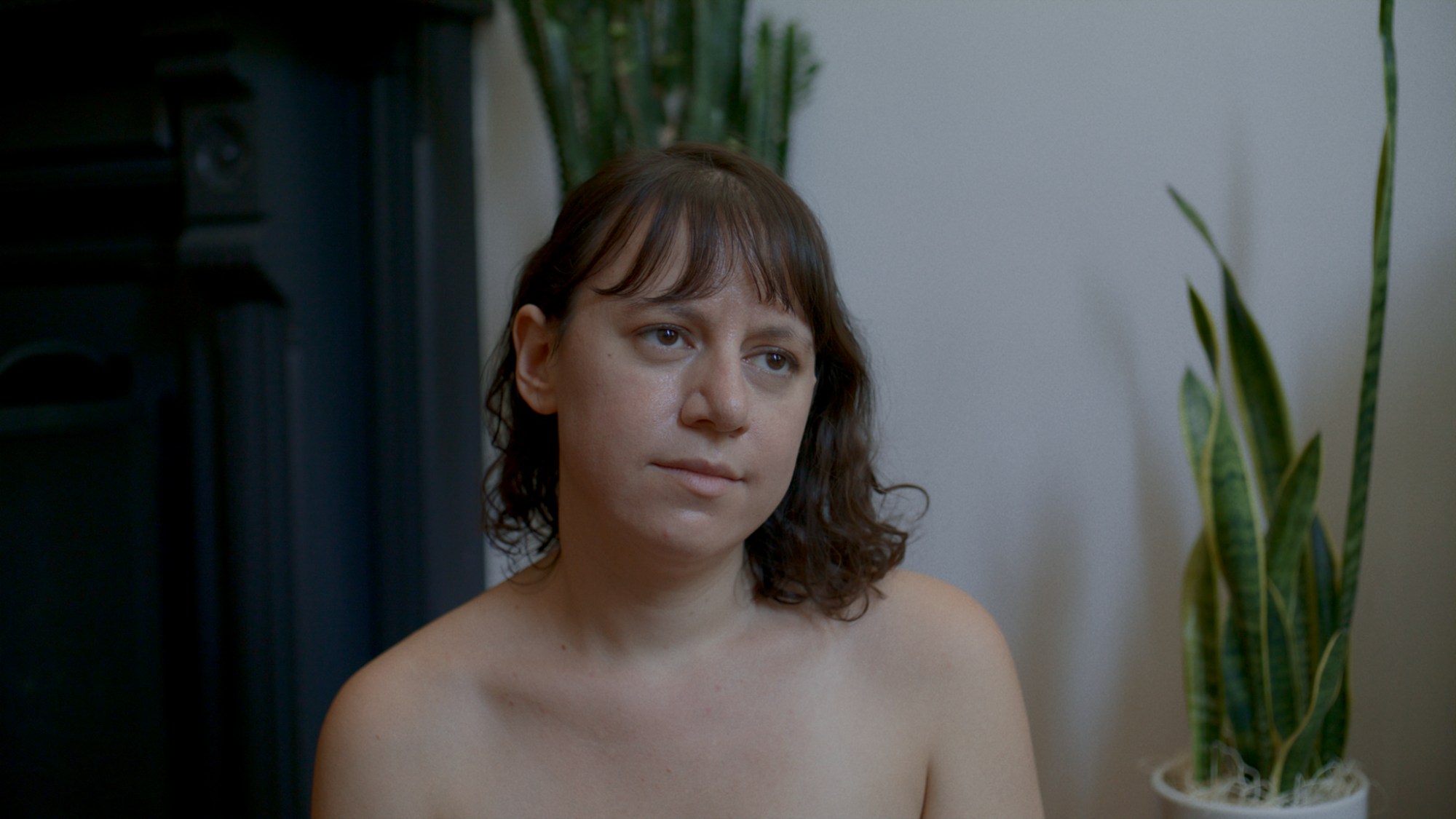
The Feeling that the Time for Doing Something Has Passed
The mumblecore movement has come to an end in Brooklyn, and in its place is a less whimsical, more discomfortingly dry sense of humour. Joanna Arnow – writer, director, filmmaker – leans into the distinct sense of audience awkwardness with her lengthy-titled debut feature. In it, Joanna plays Ann, a woman in her mid-thirties whose days pass by with an excruciating sense of mundanity. Her corporate job gives her an adequate level of satisfaction. Her small family have nothing to say to each other. The only real source of ecstasy — and she expresses it mutedly — is her slew of BDSM relationships. The result is a hysterical, excellent film about the malaise of merely existing. DG
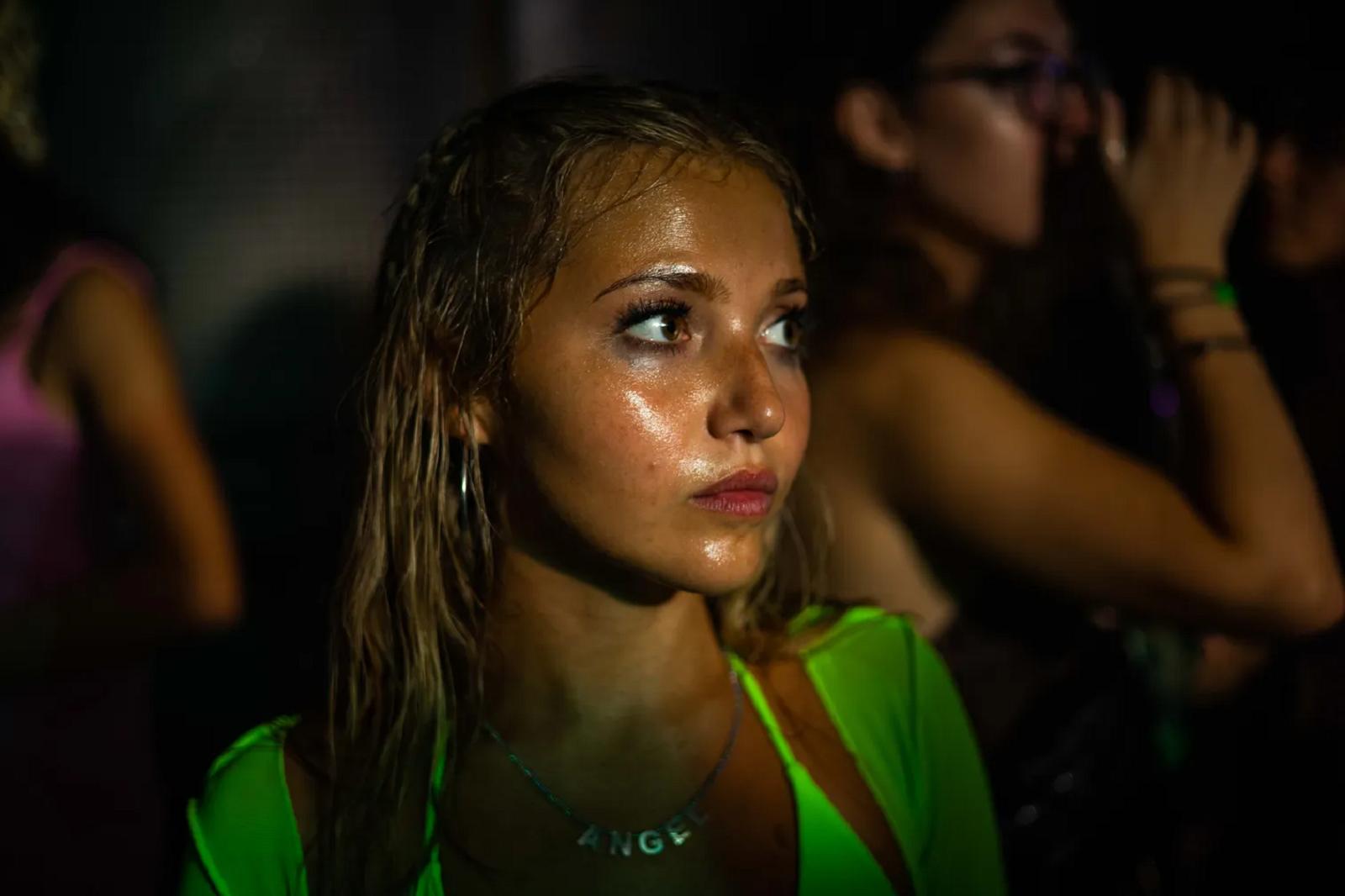
How to Have Sex
Molly Manning Walker’s career as a cinematographer has led her to lens films like 2023’s forthcoming Scrapper, but her directorial debut is an example of a filmmaker in full command of her craft. Set over the course of a post-school holiday trip, How to Have Sex charts the relationship between three friends in Malia, the bond they share, the secrets they keep and the new people who gravitate towards their circle. Tara (Mia McKenna-Bruce) is the effervescent one, though she arrives with the added baggage of knowing she’s still a virgin, and her friends are winkingly keen for her to lose it. But such things aren’t so simple, and How to Have Sex balances the fine line between being a film about the looseness of youth and the grey areas of verbal and physical consent, primed to be taken advantage of. DG
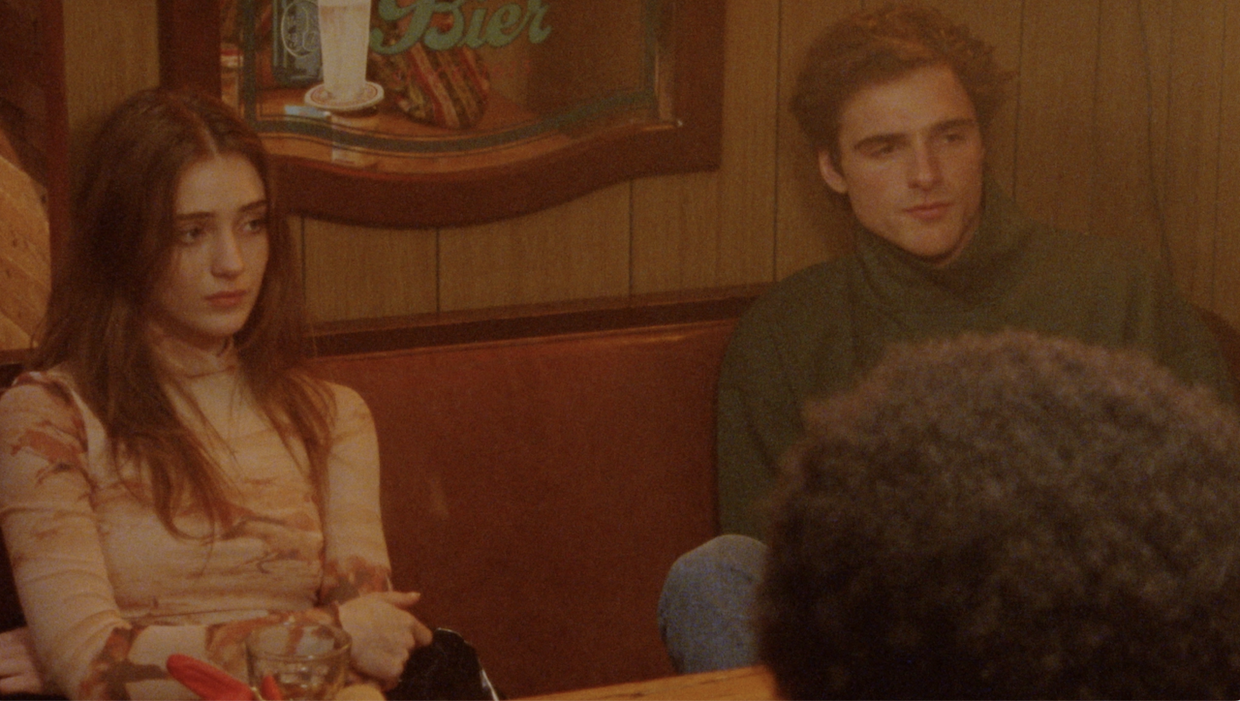
The Sweet East
Talia Ryder is Lillian Wade, the doe-eyed not-so-innocent lead of Sean Price Williams’ raucous road movie about a listless South Carolina teen looking to raise some hell along the east coast. She travels to New Jersey with a band of leftist anarcho-punks, to New York with her neo-Nazi caretaker, to stardom with an insufferable filmmaking duo. The movie is foremost a satire of the extremism that has come to qualify the American political landscape. In the hands of performers like Jacob Elordi, Simon Rex, Ayo Edebiri, Jeremy O. Harris, Rish Shah and more, Nick Pinkerton’s effervescent script is comedy gold, exploring the eccentricities of various factions and sending it all up with a flamethrower. JM

A Song Sung Blue
Geng Zihan’s debut feature is a queer coming-of-age narrative, focused on the 15-year-old Liu Xian who – when her medic mother takes a job in Africa – goes to live with her estranged, chaotic photographer father for the summer. It’s at his studio that Xian meets Jin Mingmei, the bright, outspoken 18-year-old daughter of the receptionist. Set in the early 2010s in Harbin, China, the film has a nostalgic, dreamlike quality: cinematographer Hao Jiayue does well to ensure it lives up to its name, collaborating with colourist Yov Moor to create the beautifully blue, melancholic world its protagonists grow up in. JM
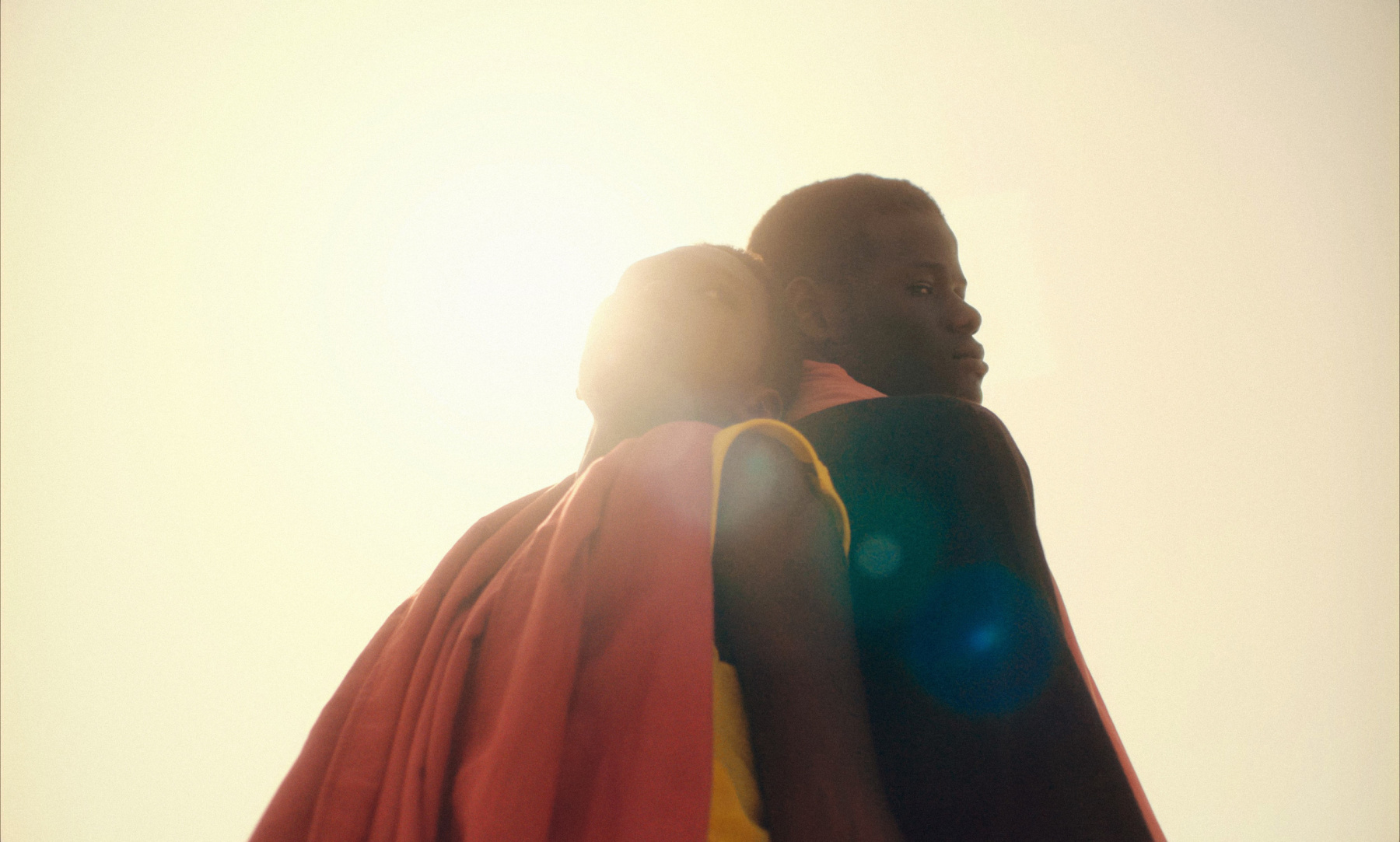
Banel and Adama
For a filmmaker to have their debut feature play in the main competition at Cannes is a rarity; it hadn’t happened at all in the festival’s decades-long history until Son of Saul in 2015. This year, Banel and Adama had the honour of owning that feat. The film, directed by Ramata-Toulaye Sy, is a romantic drama set in a remote Senegalese village. Its titular characters are a couple who abscond tradition and choose to live together. But their decision coincides with bizarre happenings in the town. The film asks us if Banel and Adama are the instigators of chaos or simply victims of strange timing. DG
